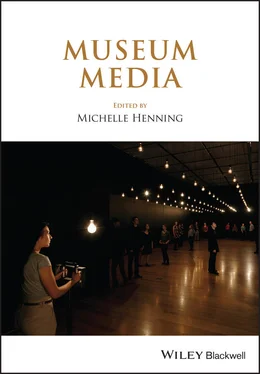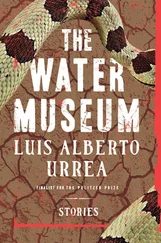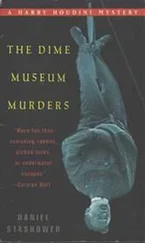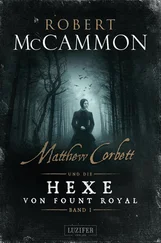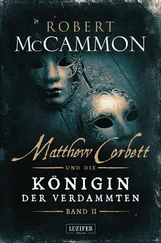McLuhan was interested in how the technical design and structure of the media imposes certain dispositions or orientation even before any specific content is encountered. In 1964 he stated: “the ‘message’ of any medium or technology is the change of scale or pace or pattern that it introduces into human affairs” (McLuhan [1964] 2001, 8). This statement shows the influence of the political economist Harold Innis, who emphasized the material or technical “staples” that shape nations economically, politically, and culturally. 2In 1951 Innis wrote that the material basis of communication has a bias or orientation determined by its “relative emphasis on time or space” (Innis [1951] 2008, 33). Heavy, durable media disseminate knowledge across time; light, transportable media facilitate societies that need their communication to have a wide geographic reach. 3Understanding media bias, for Innis, means seeing different media as favoring different kinds of action and forms of social organization. Nancy Proctor gives an example in this volume: in museum tours, the shift from the tape-based audio tour to smartphones and interactives means a shift in museum and audience behaviors. The broadcast model is increasingly replaced by a distributed network model that connects people and “facilitate[s] conversations” (Proctor, Chapter 22). These technologies provide new opportunities for museums to engage with their audiences differently.
However, the smartphones that the majority of visitors carry are intimate, attention-seeking devices, which have arguably produced rapid and unanticipated changes in behavior that we are still seeking to understand. Pilger views people’s behavior with their smartphones as cementing the insidious power of the media; we are addicted, attached. A related argument is made by Sherry Turkle in her book Alone Together (2011). Turkle’s social-psychological research into people’s engagement with technology, from computational toys to smartphones and robots, is concerned with what these technologies do to our relationships with one another. Such arguments emphasize nonhuman agency – the ability of our technologies to act on us – but are pessimistic regarding the ability of media users and audiences to renegotiate or resist the behaviors hardwired into the technology. For them, the media bias is not facilitating conversation but closing it down.
This volume sets out to understand the uses of contemporary media in museum contexts, and also to understand the ways museums have taken shape in relation to different media and technologies. This means paying attention not only to technologies, forms, genres, and so on, but also to what we do with different media, how we engage with them, and what they do to us. Understanding people’s relationships with media technologies and display techniques in museum contexts requires research methodologies sensitive to both the nuances and diversity of display media and of visitor behaviors. One way in which museums researchers have attempted to understand visitor experience is through ethnographic studies, such as those carried out by Karin Harrasser and her colleagues, and described in Chapter 17here. These complement a semiotic analysis of how museum narratives and “museum messages” are constructed and communicated, “encoded” within the museum and “decoded” by visitors (see Hooper-Greenhill 1995, 16–17; Hall [1973] 1980). 4
Another approach is the method Erkki Huhtamo calls “exhibition anthropology,” an observational approach to the minute details of visitor activity within exhibitions, which involves treating the museum as “a kind of experience apparatus” (Huhtamo, Chapter 12). While Huhtamo observes visitor and museum behaviors, Giddings has proposed “microethology” as a more intimate and participative methodology, which attends to both human and nonhuman agency in “everyday technoculture.” Microethology uses participant observation to investigate “the everyday and habitual coming-together of human bodies and technologies” (Giddings 2009). For Harrasser, these encounters need to be understood in terms of performance: contemporary immersive exhibitions and interactive science centers “offer beautiful and effective ‘stages’ for both the training and transgression of culturally coded identities” (Harrasser, Chapter 17).
Where does this leave a politics of media and of museums? Pilger’s central (and most controversial) point on the Today program was that the British media had misrepresented and underrepresented the Iraq war, leaving the British public largely ignorant of the scale of civilian deaths. Similar critiques have been directed at museums and this is what is generally understood as a political critique within museum studies – one which focuses on the museum’s role in power and governance, its constructions of canons and dominant narratives.
It might seem, therefore, like a depoliticizing move to pay close attention, as this volume does, to the formal and technical aspects of exhibition practice (and to a lesser extent the collection, research, and conservation practices of museums), since (to some extent) it brackets off questions of representation, relationships to stakeholder communities, and institutional politics. However, just as there is another politics of media, there is another politics of museums, and there is a different political urgency to attending to museum media. This is related to, for example, questions of the transformation of history and memory by new media; the ways in which media habits and expectations are imported into museums; and the insertion of museums into a wider commercial and corporate landscape.
The present volume is divided into four parts. Part I, “The Museum as Medium,” focuses primarily on the question of how museums draw on other media, and also introduces some key approaches from media studies (such as media archaeology). Part II, “Mediation and Immersion,” centers around the pervasive and often intangible ways in which exhibitions mediate visitor experience, and also around the question of how material objects in particular are experienced and encountered. Part III, “Design and Curating in the Media Age,” looks at museums and media primarily from the perspective of the designer and curator, and at new kinds of relationships with visitors. Part IV, “Extending the Museum,” is particularly concerned with how media enable the museum to go beyond its walls and spill out into the world.
The structure of the volume is intended to highlight some connections between the chapters. However, the following discussion offers some other ways of thinking about the thematic connections between chapters, linking them to a wider literature. I explore questions of temporality, museums’ relationships to various media and genres, attachment to objects, atmospheric and immersive exhibition design, the reinvention of the exhibition medium, the rise of scenography, new roles for audiences and for museum makers, and, finally, the collection and display of media objects.
As Wolfgang Ernst explains, in the interview that opens Part I, our cultural objects are increasingly “digitally born” and the dominance of time-based, pervasive digital media means that material experience is neglected or underplayed. In contemporary culture, the emphasis on liveness and high-speed transmission poses a challenge to the traditional collection-based museum ( Chapter 1). Andrew Hoskins and Amy Holdsworth use the term “post-scarcity culture” to describe the massive and simultaneous availability of images, footage, text, and data. This new media environment appears to be transforming cultural memory and crushing historical distance by making the past available on demand, producing a “smooth and smothering immediacy” ( Chapter 2). This is something museums are forced to engage with because it is reconfiguring their role. How museums engage with this media environment, whether they embrace it, attempt to reconfigure or shape it, or stolidly continue to pursue their own goals regardless, are politicized issues.
Читать дальше
